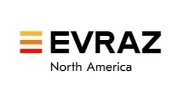
Final Thoughts
We have a special addition to the agenda of this year's SMU Steel Summit that I’m excited to announce today. U.S. Steel President and CEO David Burritt will speak on the opening day of the Summit about the partnership between the iconic Pittsburgh-based steelmaker and Nippon Steel.







